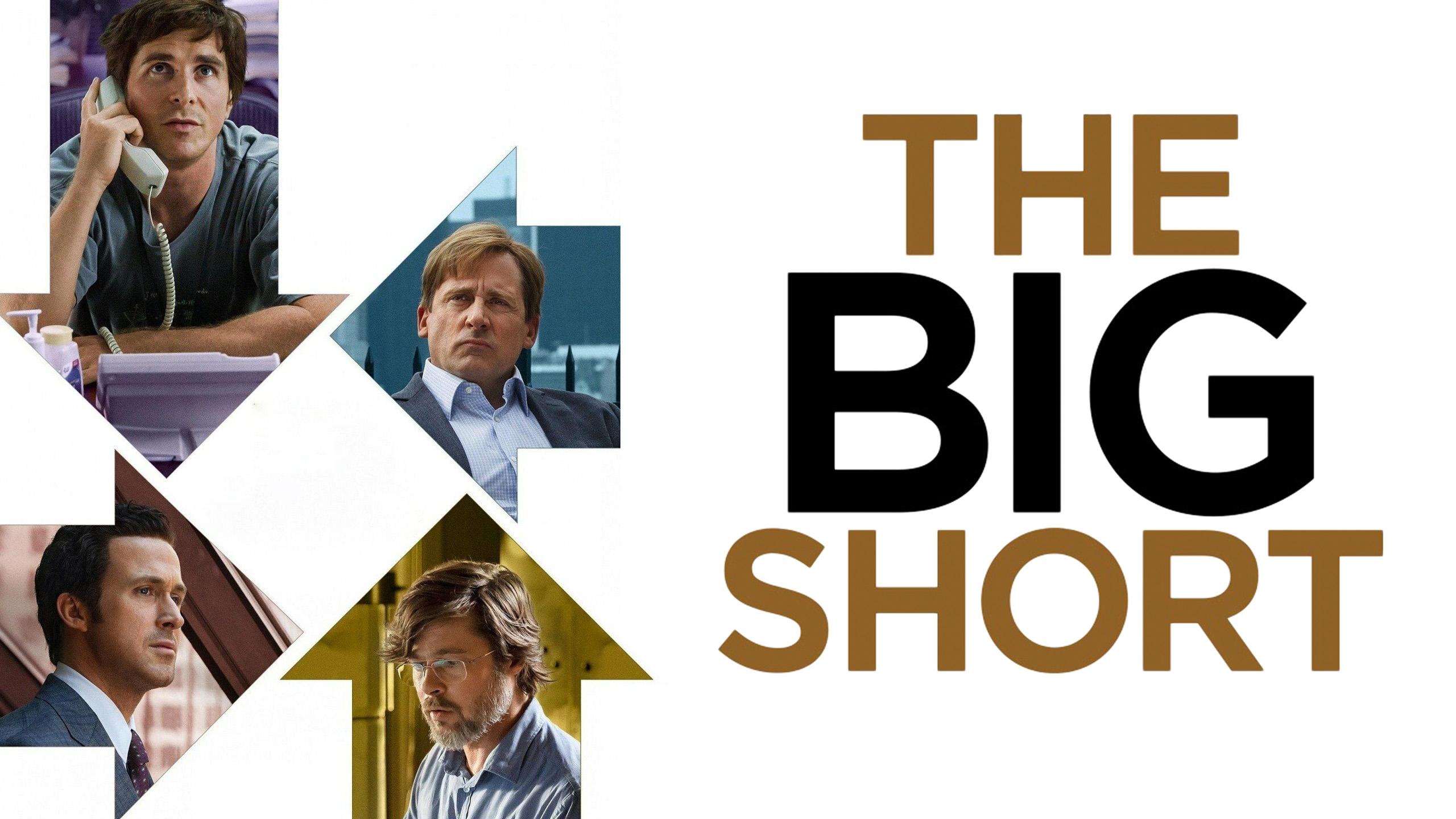The 2008 financial crisis stands as one of the most significant economic downturns in modern history, leaving a profound impact on global markets and individual lives. Understanding the complex factors that led to this economic collapse can be daunting, yet the film “The Big Short” offers a compelling narrative that unravels these intricacies through the lens of cinema. Directed by Adam McKay and based on Michael Lewis’s best-selling book, the film serves as both an educational tool and an engaging story, distilling complex financial concepts into accessible and often entertaining segments. By exploring the key characters, events, and mechanisms that precipitated the crisis, “The Big Short” provides viewers with a nuanced perspective on how systemic failures and human behavior converged to create a perfect storm. This article delves into the film’s analytical portrayal of the crisis, examining how it effectively translates real-world economic phenomena into a cinematic experience that informs and resonates.
Character Analysis and the Role of Key Players in the Financial Meltdown
In The Big Short, the financial crisis of 2008 is vividly brought to life through a series of character-driven narratives that illuminate the intricacies of the economic collapse. Each key player represents a different facet of the financial industry, and their actions collectively portray a system teetering on the brink of disaster. Michael Burry, played by Christian Bale, is a socially awkward yet brilliant hedge fund manager who uncovers the impending collapse of the housing market. His meticulous analysis of mortgage-backed securities and audacious decision to short the housing market highlight the systemic blindness that had gripped the financial sector.
Mark Baum, portrayed by Steve Carell, offers a moral counterpoint as a hedge fund manager plagued by skepticism and ethical dilemmas. His journey through the crisis reveals the murky waters of Wall Street, where greed and shortsightedness prevail. The character of Jared Vennett, played by Ryan Gosling, serves as a narrator and a cynical insider, providing viewers with a direct line to the mechanics of the crisis. His slick demeanor and opportunistic approach underscore the cutthroat nature of financial markets. Together, these characters illustrate the roles of analysts, investors, and insiders who either foresaw the collapse or contributed to its inevitability. The film’s portrayal of these figures raises important questions about accountability and the ethical responsibilities of those in positions of financial power.

Exploring the Economic Mechanisms and Instruments that Fueled the Crisis
In “The Big Short,” the 2008 financial crisis is intricately dissected through its portrayal of complex economic mechanisms and instruments. The film delves into the mortgage-backed securities (MBS) and collateralized debt obligations (CDOs) that were pivotal in inflating the housing bubble. These financial products, originally designed to distribute risk, became toxic due to their heavy reliance on subprime mortgages. As the housing market expanded, banks increasingly bundled these high-risk loans into CDOs, which were erroneously rated as safe investments by credit rating agencies. This misrepresentation of risk allowed financial institutions to offload liabilities onto unsuspecting investors, thereby setting the stage for a systemic collapse.
Moreover, the film highlights the role of credit default swaps (CDS), a form of insurance against bond defaults, which were used extensively to bet against the housing market. The lack of regulation in the CDS market meant that these instruments were traded with little oversight, exacerbating the financial instability. As the crisis unfolded, these swaps contributed to a domino effect, amplifying losses across the financial sector. Through its narrative, “The Big Short” emphasizes how these economic instruments, coupled with speculative behaviors and regulatory failures, culminated in one of the most devastating financial crises in modern history. Key takeaways include:
- The illusion of stability in financial markets fueled by overconfidence in complex financial products.
- The critical role of regulatory bodies in overseeing and managing financial risks.
- The importance of transparency and accountability in the financial sector to prevent future crises.
Cinematic Techniques and Their Impact on Audience Understanding
The film “The Big Short” employs a variety of cinematic techniques that skillfully break down the complexities of the 2008 financial crisis, allowing audiences to grasp its intricacies with ease. One of the most effective methods used is the incorporation of breaking the fourth wall. Characters frequently address the audience directly, explaining complex financial instruments in layman’s terms. This technique not only demystifies jargon like CDOs and credit default swaps but also establishes a conversational tone that engages viewers more intimately. The use of these direct addresses turns potentially overwhelming information into digestible content, enhancing the audience’s understanding of the financial meltdown.
Moreover, the film utilizes visual metaphors and montages to illustrate abstract concepts. For instance, celebrity cameos are used to explain difficult financial terms in humorous and relatable ways. These scenes, often presented with quick cuts and dynamic graphics, create an accessible narrative that resonates with viewers, emphasizing the absurdity and recklessness of the financial practices that led to the crisis. By combining these visual elements with a non-linear narrative, the film effectively mirrors the chaotic nature of the financial collapse, reinforcing the urgency and gravity of the situation. Such creative storytelling not only informs but also engages the audience, fostering a deeper comprehension of a pivotal moment in economic history.

Lessons and Recommendations for Future Financial Stability
The film The Big Short serves as a cautionary tale, illustrating key lessons that remain relevant for ensuring future financial stability. One significant takeaway is the importance of transparency and accountability in financial markets. The movie highlights how the lack of oversight and opaque financial products, like mortgage-backed securities and collateralized debt obligations, contributed to the crisis. To prevent similar disasters, there must be stricter regulations and clearer reporting standards, ensuring that investors and regulators have a comprehensive understanding of financial products.
- Diversification and Risk Management: Encouraging diversified investment strategies can mitigate the impacts of similar systemic failures.
- Education and Awareness: Increasing financial literacy among investors and the general public can lead to more informed decision-making.
- Regulatory Vigilance: Continuous monitoring and adaptation of financial regulations can help identify and manage emerging risks.
By learning from the past, financial institutions, regulators, and individuals can collaborate to build a more resilient financial system. This requires a commitment to ongoing education, transparency, and the implementation of robust risk management strategies.
